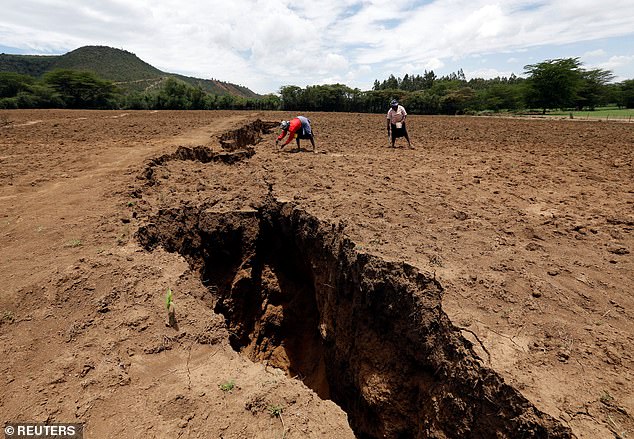
Scientists Uncover Cause of Accelerated Continental Rift in Africa
East Africa’s Great Rift: A Continent Slowly Splitting Apart
A colossal geological shift is unfolding in East Africa, where the African Plate is being torn apart by the East African Rift System (EARS). Spanning 2,000 miles, this rift—active for at least 22 million years—marks the boundary between the Somali and Nubian tectonic plates, which are drifting apart at a rate comparable to fingernail growth (0.2 inches per year). Scientists attribute this movement to the African Superplume, a massive upwelling of hot, molten rock rising from the boundary between Earth’s mantle and core.

The superplume’s heat weakens the lithosphere (Earth’s outer layer), creating fractures that could eventually split Somalia, Kenya, Tanzania, and eastern Ethiopia into a new landmass. Recent studies suggest this continental breakup—once projected to take tens of millions of years—might occur in 1–5 million years, forming a new ocean as seawater floods widening basins.
Uncovering the Source
A 2024 study led by the University of Glasgow analyzed neon isotopes in Kenya’s Menengai geothermal field. The findings revealed that gases originated from deep within Earth’s core-mantle boundary, confirming the superplume’s role. “This giant hot blob is driving the plates apart and elevating Africa’s landscape,” explained lead researcher Prof. Fin Stuart. The discovery of a uniform chemical “fingerprint” across the region supports the theory of a singular, massive plume—not smaller sources—propelling the rift.

Dramatic Surface Changes
The EARS has unleashed visible transformations. In 2005, 400+ earthquakes in Ethiopia’s Afar region triggered a 37-mile-long fissure. Similarly, a 2018 crack in Kenya’s Great Rift Valley severed highways, underscoring the rift’s relentless activity. These events offer glimpses into how continents fracture over geologic time.
A New Ocean on the Horizon
As the rift widens, low-lying regions could flood, merging the Red Sea and Indian Ocean into a new basin. Marine geophysicist Ken Macdonald predicts, “The Gulf of Aden will inundate the East African Rift Valley, forming a new ocean.” Landlocked nations like Uganda and Zambia may gain coastlines, altering trade and geopolitics. Meanwhile, Somalia, Kenya, and Tanzania could detach into a separate continent.

Ongoing Challenges
The rifting process triggers frequent earthquakes, volcanic eruptions, and infrastructure damage. While humans won’t witness the full split, studying EARS sheds light on Earth’s dynamic crust and the ancient forces shaping our planet.
In essence, East Africa’s slow-motion split into two continents offers a geologic spectacle—and a stark reminder of Earth’s ever-evolving surface.


